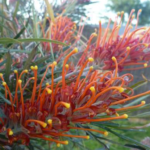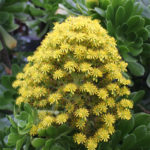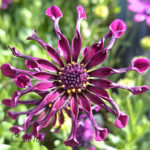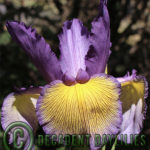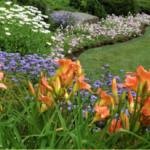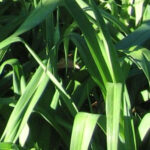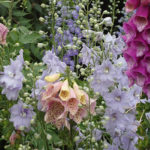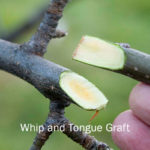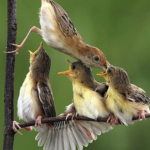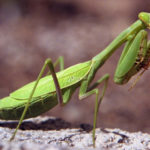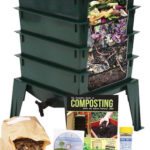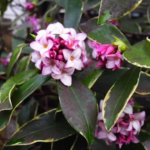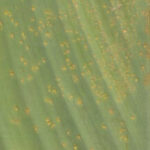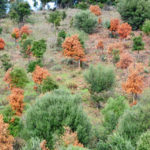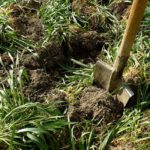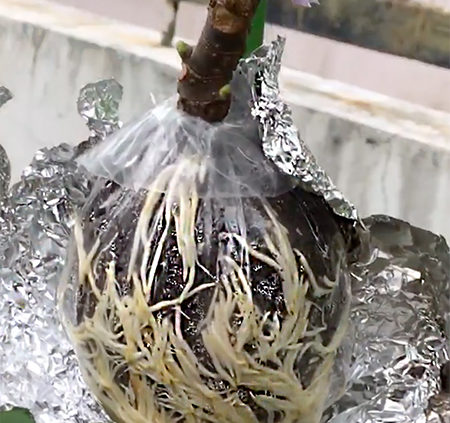
Air Layering Plant Propagation
Details Air Layering Plants A Method Of Propagation
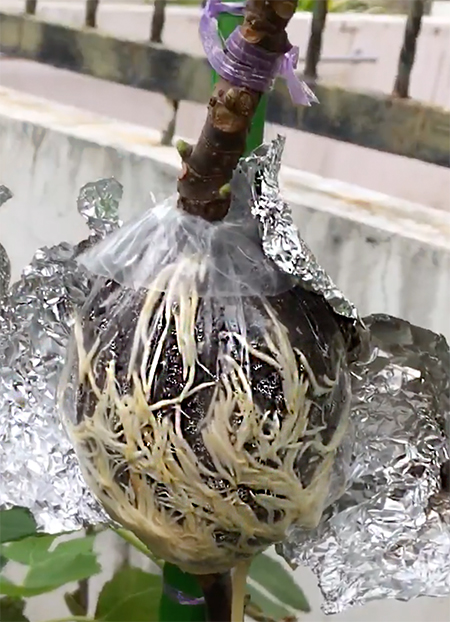 Air layering is a plant propagation option, when you want to propagate plants which are difficult to root from cuttings or when you need good sized plants within one year. This method of plant propagation is usually successful and is believed that it was developed by the Chinese centuries ago. In this method, the branch of the plant is allowed to form roots while the branch remains on the parent plant. Air layering is a far quicker way than many other types of propagation, such as tissue culture or starting plants by seed. The best time to do air layering on branches of fruit trees and shrubs is during early spring when the plant produces new growth. Good size branches are needed at least pencil thickness or thicker otherwise branches are too hard and fiddly to manage. You need certain tools and materials to carry out the process.
Air layering is a plant propagation option, when you want to propagate plants which are difficult to root from cuttings or when you need good sized plants within one year. This method of plant propagation is usually successful and is believed that it was developed by the Chinese centuries ago. In this method, the branch of the plant is allowed to form roots while the branch remains on the parent plant. Air layering is a far quicker way than many other types of propagation, such as tissue culture or starting plants by seed. The best time to do air layering on branches of fruit trees and shrubs is during early spring when the plant produces new growth. Good size branches are needed at least pencil thickness or thicker otherwise branches are too hard and fiddly to manage. You need certain tools and materials to carry out the process.
The materials and tools needed
- The plant that is to be propagated.
- A sharp knife. Budding knife.
- Wear latex rubber gloves to do the job.
- Sphagnum moss or potting soil roughly the size of a tennis ball.
- Transparent plastic wrap.
- Aluminum foil.
Step by step procedure
Air layering is different if plants are a monocot or a dicot this means you need to determine whether your plant is a monocot or a dicot before you start the activity. Monocots are notable for their parallel veins where as dicots will have netted veins. Click here to learn more whether your plant is a monocot or a dicot, otherwise, this proven activity can be a complete waste of time.
- For Monocots make a 30 degree steep incision. An upward slit starting lower than a node about 3 cm long, Pry the slit open from underneath, the bottom of the cut and keep the slit open with a tooth pick (photo right) then, skip number 2. And continue to number 3.
- For Dicots select the plant branch from which you want to propagate. From the tip of the branch leave 12- 18 inches. Clear the lower part of the stem from leaves. The branch should be straight. Make two parallel cuts at 3 cm apart using a sharp knife. You just need to cut and peel the bark phloem layer of the plant. Remove all the green soft tissue agreeably the cambium layer. Make sure that you are not cutting through the branch. You will now have an exposed stem area of 1 ½ inch. If you are making hardwood cuttings, it is better to apply some rooting hormone to the incision to boost the root formation before wrapping.
- Soak the sphagnum moss in water for some time and squeeze out excess water. Cover the exposed stem area using the moss or moist potting soil about the size of a small ball. Cover the moss or soil using the plastic glad wrap tightly. Seal and tie with strong garden ties to secure the wraps above and below the moss and plastic covered area, so that the ball of moss is kept damp without any help of a misting spray.
- Now, cover this plastic wrap containing the moss first then with aluminium foil. When covering the area, cover so that the matt side of the tin foil is placed on the inside and the shiny side is on the outside. This way the aluminium foil helps to protect the rooting area from getting hot by reflecting back the sunlight. (The same as it prevents burning a cake in the oven when it is covered with foil.)
- Allow time to root and check periodically. If air layering is done right roots can be growing well as soon as 2 to 3 months
- When the roots become visible through the plastic layer and it reaches the edge of the wrap, it is time to plant the rooted branch`
- Cut the baby plant from the mother plant below the location of the moss ball and remove the plastic wrap.
- There is no need to remove the moss ball as it can damage the newly formed roots of the baby plant. Pot the baby plant in the location, according to the growing requirements of the plant.
- It is better to plant the baby plant in potting mix in a pot and keep it away from full sun for a few weeks. Make sure that the plant is well watered and the soil is well drained until the new plant gets established. In two weeks when the plant settles start feeding the plant half strength of a super plant tonic.
Note: If the parent plant has a tap root before propagation, these plants potted will never form an overgrown tap root or “J” root, they will still only form a root ball.
By air layering the plant, you will be getting a baby plant with all the genetic characteristics of the mother plant (true to type). Though this is a time taking process, the result you obtain will be the best. This method can be used for nursery stock such as crotons, Camellias, Dieffenbachia, roses other home grown ornamental plants and trees, fruit trees and climbers.



